Astronomers are fascinated by variable stars, stars that can change their brightness whether it be over a timescale of months or days or in some cases as little as seconds. After all you’d think that an object that has a lifespan of millions if not billions of years shouldn’t change much over a single human lifetime, but many do. Some stars, like the Cepheid variables or eclipsing variables vary in a regular pattern and we can learn a great deal about the stars by observing that pattern. Other stars, like nova or supernova literally explode in a tremendous flash making them especially interesting to astronomers.
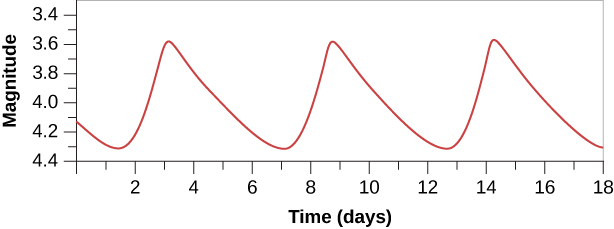
The Zwicky Transient Facility (ZTF) is a program run by Caltech University that uses the Samuel Oschin Telescope on Mount Palomar Observatory to scan the sky every night looking for any star that suddenly changes its brightness. Back in 2020 ZTF observed a dramatic increase in the brightness of a star that was designated as ZTF SLRN-2020, and which lies about 12,000 light years away in our own Milky Way. Over a ten day period the star had brightened over 100 times its normal brightness and remained brighter for 100 days before returning to normal.
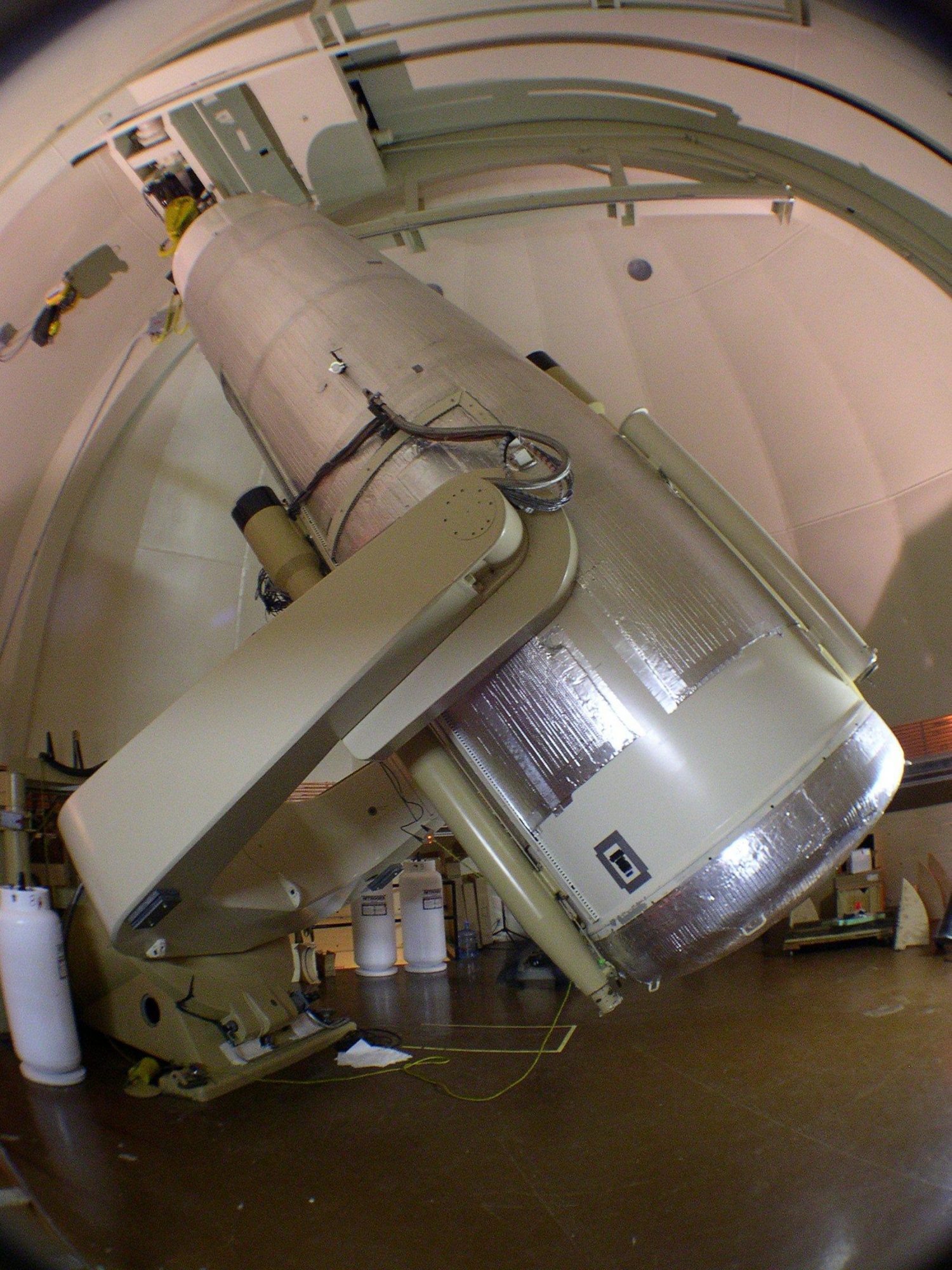
At that time Kishalay De was a graduate student working on his Ph.D. and was given the task of trying to understand what had happened to ZTF SLRN-2020. Doing a little checking De found that ZTF SLRN-2020 was a Sun-like star that was entering old age, meaning the star had used up its original hydrogen fuel and had begun to burn helium. When that happens to a star its core has to greatly increase in temperature and this causes its outermost layers to puff up, in astronomical terminology the star has passed from its main sequence to its red giant phase. De quickly determined that ZTF SLRN-2020 was not a repeating variable, nor was the increase in brightness great enough to be a nova or supernova explosion. Unable to figure it out, and very busy trying to finish his doctoral thesis De put the data on ZTF SLRN-2020 aside. It was only last year that now Dr. Kishalay De of MIT managed to get back to thinking about ZTF SLRN-2020.

The first thing Dr. De decided to do was to get more data about ZTF SLRN-2020 from other instruments at other wavelengths. One instrument in particular was NASA’s NEOWISE satellite that orbits the Earth scanning the sky in the infrared. Turned out that NEOWISE, which stands for Near Earth Object Wide field Infrared Survey Explorer, had in fact observed an increase in the brightness of ZTF SLRN-2020 fully nine months before ZTF had observed it in the visible wavelengths. More than that in the infrared ZTF SLRN-2020 was still slightly brighter than normal, two full years later. Such an increase in the infrared brightness indicates that something very close to the star is generating a huge amount of dust so that as the dust warms up it emits infrared.
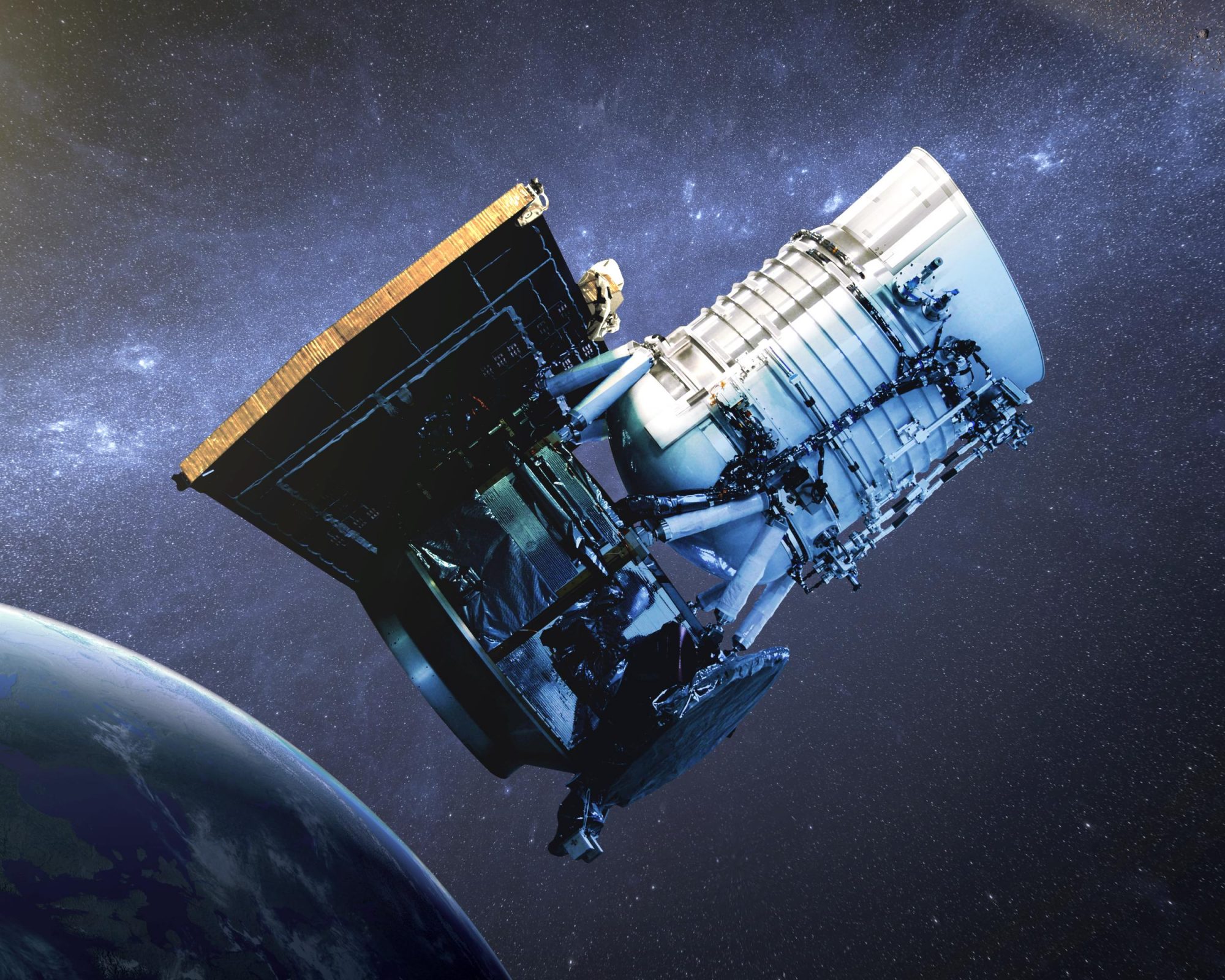
Based on the data from both ZTF and NEOWISE Dr. De thinks he has the answer. As it grew larger in size ZTF SLRN-2020 has swallowed one of its planets, a planet about the size of Jupiter. According to Dr. De what happened to ZTF SLRN-2020 was this, as the outer surface of the star grew close to the planet the planet’s gravity pulled some of the star’s material away into space where it cooled becoming the dust that caused the initial increase in infrared brightness seen by NEOWISE. As the star continued to grow however it finally swallowed the planet itself causing the increase in brightness at optical wavelengths seen by ZTF. After swallowing the planet however there is still enough dust orbiting around the star to cause it to continue to glow in the infrared.
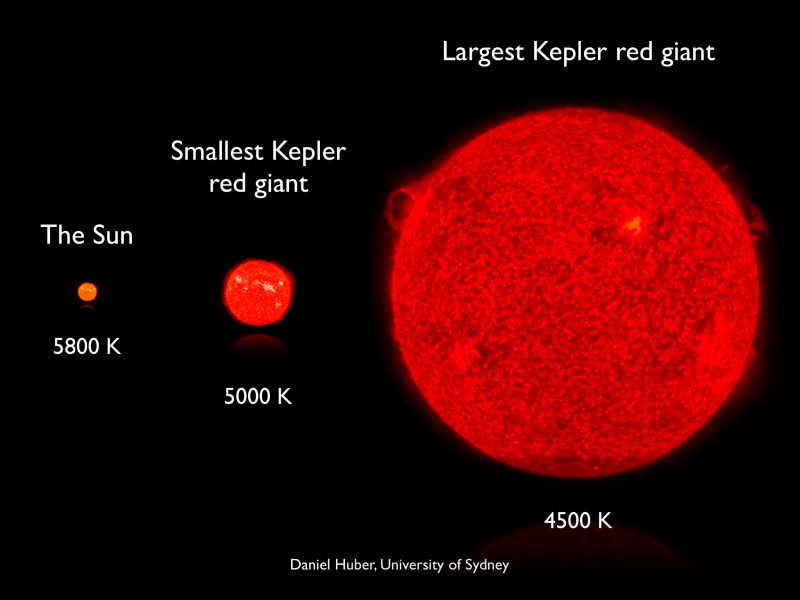
If Dr. De’s analysis is correct then astronomers have observed for the first time something that they think must happen rather often in the Universe. After all, nearly every star will someday enter a red giant phase and if most stars have planets then a lot of planets must end up getting swallowed by their parent star.
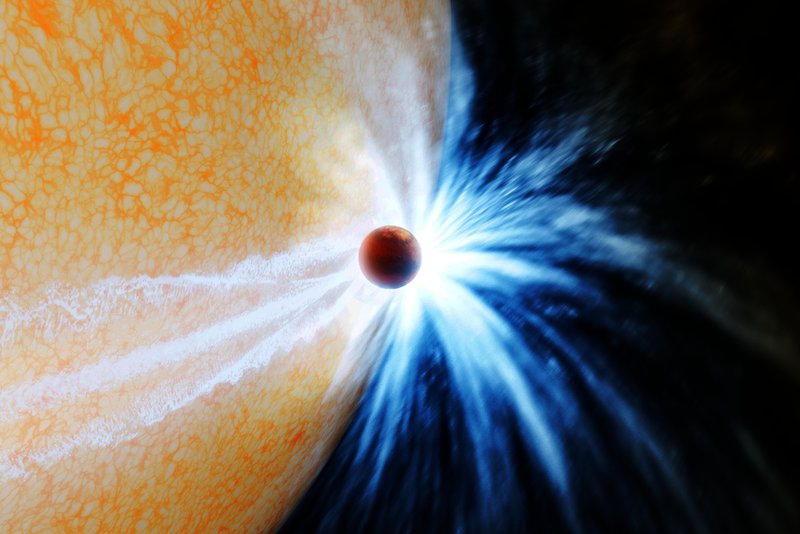
In fact that is quite possibly the eventual fate of our own planet Earth, don’t worry it won’t happen for about another five billion years or so. Still, like all stars someday the Sun will start to run out of its hydrogen fuel and as it starts to burn helium it will puff up to become a red giant just like ZTF SLRN-2020 is doing now. Based upon our observations of other stars with approximately the same mass as the Sun, including ZTF SLRN-2020, then the Sun will undoubtedly swallow first Mercury and then Venus. Whether or not the Earth gets swallowed or simply burnt to a crisp by a much larger, and hence much closer Sun is debatable, but in either case the conditions here on our planet will make life impossible.
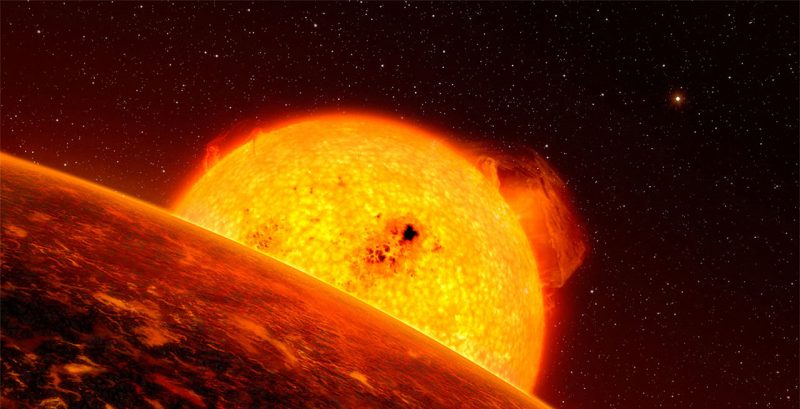
So is what happened to ZTF SLRN-2020 a preview of what’s going to happen someday here in our solar system. Only time will tell, and we all know that the Universe has plenty of that.
